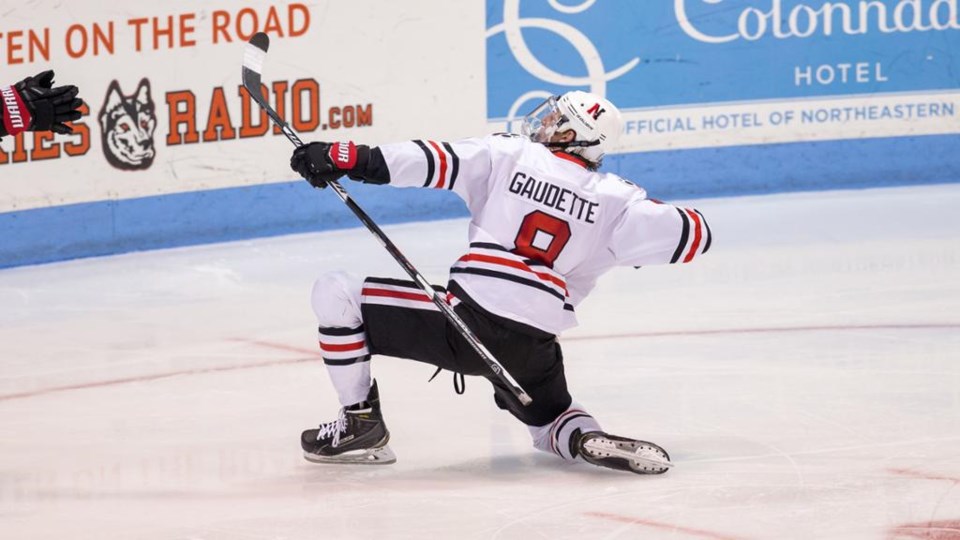The NHL’s decision to bar players from participating in the 2018 Olympics in Pyeongchang, South Korea, is short-sighted and unfortunate. It prevents the world’s best hockey players from representing their countries, prevents hockey fans from seeing a true best-on-best international tournament, and potentially prevents the spread of NHL hockey to a new, untapped market.
The biggest question on the mind of a lot of hockey fans is just who will play for the national teams in the Olympics? With all the usual suspects stuck in North America to play in the regular season, each country will have to select their national team from the KHL, European leagues, the AHL, and the NCAA.
Essentially, any player with an NHL contract — even a two-way contract that sees that player spend all their time in the AHL — is ineligible to play Pyeongchang. But there’s still a possibility, however remote, that we will see a Canuck or two at the Winter Olympics.
The key is that a few of the Canucks top prospects have not actually signed an NHL contract. That means they are technically eligible to go to the Olympics.
It’s an idea that has been bouncing around my head since it became clear that Elias Pettersson was not going to sign with the Canucks this off-season. There’s really no need for him to do so, as he’s at least one year and likely two from being ready to make his NHL debut.
But remaining unsigned also raises the possibility that Pettersson could play for Team Sweden at the Olympics.
Let’s be clear: this is an extreme long shot. Incredibly extreme. Sweden has a strong professional league in the SHL from which they are likely to draw the majority of their players and there’s really no need for them to take a 19-year-old: this is the Olympics, not a development tournament.
Pettersson would need an extremely strong rookie season in the SHL to place himself in the running for a roster spot. Thing is, that is a legitimate possibility. Pettersson has the skill and the intelligence to excel in the SHL after already proving himself against men in the Allsvenskan last season. It’s a long shot, but it is a shot nonetheless.
Another possibility is Adam Gaudette, who has the benefit of added years, size, and strength on Pettersson. Gaudette was one of the top players in the NCAA last season and he could be, in the words of Brock Boeser, “” in the coming season.
If Team USA chooses to draw some of their roster from the NCAA, Gaudette could wind up making the cut. His strong two-way play combined with his scoring touch and playmaking vision make him a strong candidate.
A longer shot from the NCAA is William Lockwood. He would have to make a similar jump in his sophomore season as Gaudette did last year when he went from 30 to 52 points. Lockwood put up 20 points in 30 games last season and would need to seriously break out to put himself in the Olympic conversation. Perhaps his previous experience with USA Hockey at the World Under-18 tournament where he had 7 points in 7 games will help his case.
Finally, there’s Nikita Tryamkin, who signed a three-year with Avtomobilist in the KHL after just one season with the Canucks. The fact that it’s a three-year deal should put the kibosh on any rumours that Tryamkin was bolting to the KHL solely to make a run at the Olympics, but it’s still a distinct possibility.
The issue is that Russia can draw from the second-best professional hockey league in the world and Tryamkin might not be one of the best Russian defencemen in the KHL. If the opportunity to play in the Olympics played even a small part of Tryamkin’s decision-making process, he may end up regretting his choice.
That’s four Canucks prospects with an unlikely, but not impossible, path to playing in the Olympics. Will any of them make it and, if they do, will that make you more inclined to watch Olympic hockey if you weren’t planning on it already?
Ěý



